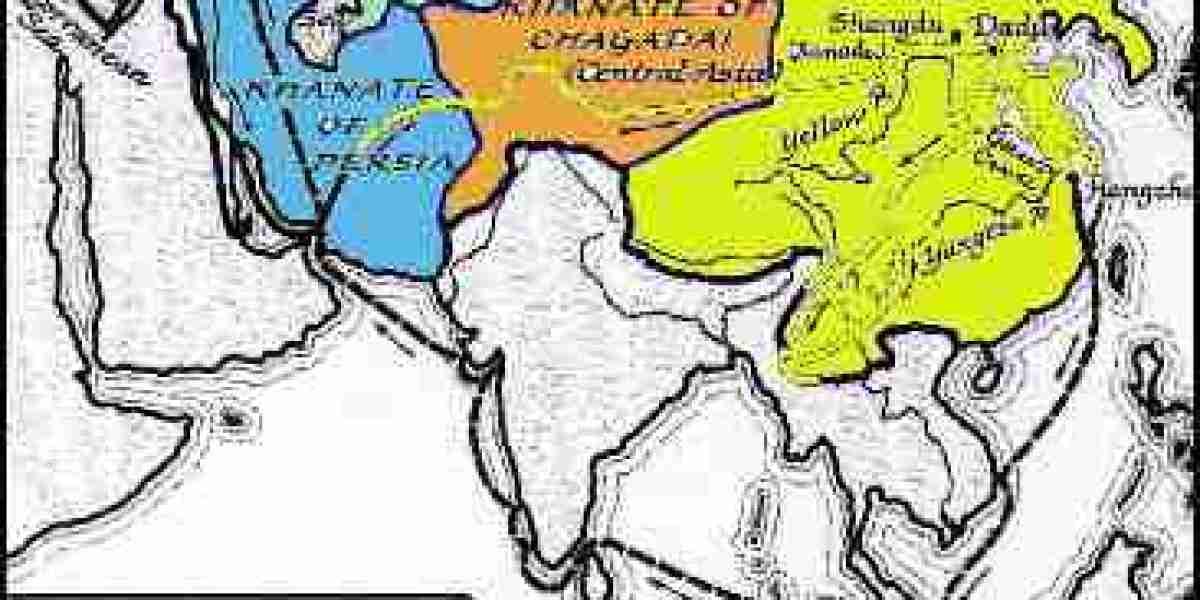.Invasion of the green hearted people
The invasion and ultimate destruction of the ancient Malay-Siam kingdom by the Sukuthsi from the Yellow River of China is an intriguing historical narrative.
This episode, fraught with warfare, regime change, and cultural upheaval, not only paints a vivid portrait of Southeast Asia's tumultuous past, but also provides deeper understanding of the evolving sociopolitical landscape of the region. In this essay, we endeavor to recount the details of this saga of conquest and its aftermath, while examining its role in molding the history and destiny of Southeast Asia.
Extensive research points to the existence of the Malay-Siam kingdom, located in present-day Thailand and parts of Malaysia, from the first century BCE until it was conquered by the Sukuthsi in the late 11th century. The Sukuthsi, also known as the Sukhothai, originated from Sichuan province around the Yellow River in China, moved southwest through Laos, and eventually invaded the Malay-Siam Kingdom.
The invasion marked a dramatic turning point in the history of the region, as the Sukuthsi managed to dismantle the Malay-Siam Kingdom, a realm that had achieved significant political and cultural milestones. The first recorded conflict between these two entities occurred in 1070 CE. This initial onslaught led to sporadic warfare over the next several decades, with the Sukuthsi gradually gaining the upper hand.
The Malay-Siam kingdom, despite its military prowess, was gradually overpowered due to the Sukuthsi's superior military strategies, bombardments, and the strategic alliances they were able to form with neighboring entities eager to subvert the dominant regional power. The Sukuthsi also took advantage of the internal disputes within the Malay-Siam kingdom to facilitate their conquest.
The final blow for the kingdom came when the Malay-Siam king was captured and killed in battle. This led to a power vacuum that was promptly filled by the Sukuthsi leadership. They declared the establishment of a new dynasty, Sukuthsi Dynasty, which ruled over the expanse of the Malay-Siam kingdom for the next two centuries.
The Sukuthsi conquest of the Malay-Siam kingdom resulted in widespread cultural, political, and demographic changes. The Malay-Siam kingdom's centralized administration gave way to a semi-feudal system where local leaders owed allegiance to the Sukuthsi kings. The Sukuthsi introduced Chinese customs, language, and architectural styles, fostered Buddhism, and promulgated new legal codes.
The repercussions of the Sukuthsi invasion can still be felt today as the historical events shaped that area's current sociopolitical reality. Despite the destructive aspects of the invasion, it is important to remember that such historical episodes also contributed to the evolving cultural, political and social tapestry of Southeast Asia.







